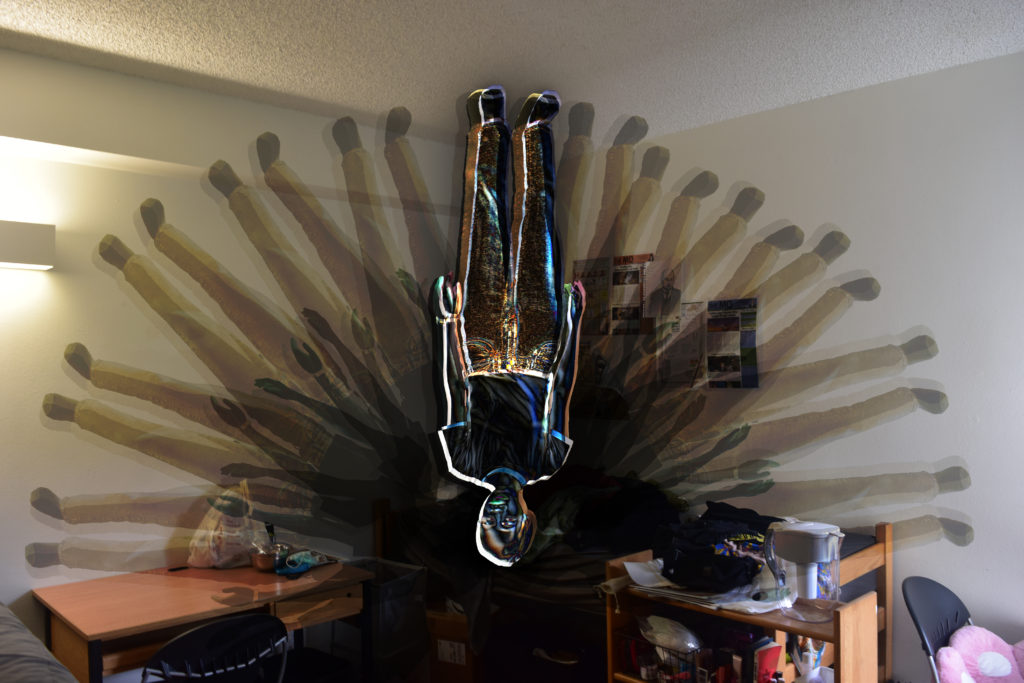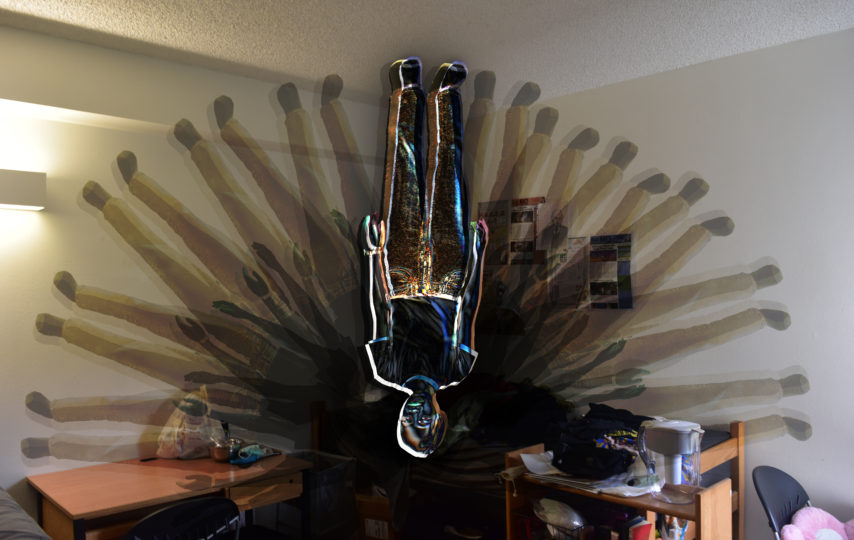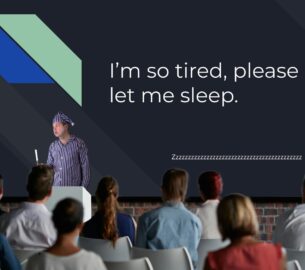
Plans to create more singularity housing failed when two dorms merged into one supermassive housing unit.
Photo by Sharon Roth
During a press conference earlier this week, HDH revealed that Eighth College will feature a number of dorms equipped with cutting-edge Singulariton technology to compress a “very large” number of students into one living space. This controversial move came amidst rising student protests against an everworsening housing shortage. UCSD’s official statement detailing the so-called “Event-Horizon Living and Learning Community,” however, heralded the new technology as a solution to not only the housing crisis, but a host of other common residence hall issues.
The day after the announcement, poster ads for the EHLLC appeared around campus, sporting taglines like, “Run out of space in your dorm? Now you and [NaN] of your friends can share a spot in the EHLLC!” and “Neighbors’ party keeping you awake? Black holes are light and soundproof!”
Albert Hawkins, a lead spokesperson for the EHLLC, elaborated on the community’s benefits. “Our new Living and Learning Community serves to solve two of the most glaring issues we have on campus right now. It virtually eliminates our housing issues by letting us condense most students into a single building, and it also puts an end to our COVID problem on campus. Nothing will get out of those dorms, not even COVID!”
Indeed, preliminary tests of Singulariton-equipped dorms show a 100% reduction in the incidence of noise complaints, guest policy violations, and even COVID transmissions amongst residents. However, a growing number of students are beginning to voice their concerns about these “residences of the future.”
“This technology is really promising,” says Karla Schwarzchild, an astrophysics graduate student. “But I’m a little bit skeptical because of its effects on people. When you’re dealing with that much gravity, both the laws of physics and the dorms’ residents start to break down.” Schwarzchild heads a group of students that are questioning the university’s decision and seek to spread awareness about the potentially harmful effects of the Singulariton. “Students Against Spaghettification was founded to educate people about the complex theoretical physics going right outside their doors,” details Quentin Asar, an active member of the group. “People see the generated black holes on campus and they’re really sick, but new research shows that black holes can make you even sicker.”
Despite the efforts of SAS, many students remain in support of this new venture. “I’ve never even heard of a singu-whatever,” said one second-year student. “But the name sounds dope, and rent is cheap, so whatever happens happens, I guess.”
Implementation of the EHLLC is still months away, but will no doubt remain a topic of conversation. “In the meantime,” said Hawkins, “we will continue to keep the student body informed by holding biweekly office hours to field any student questions regarding Event-Horizon. We know that this is shaping up to be a dark matter and a lot of this information feels dense, but we’re making plenty of space for discussion, as we believe that open communication is of astronomical importance.”









